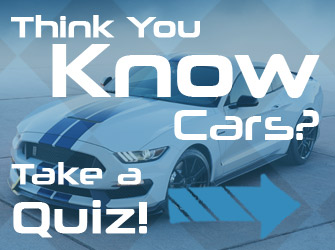Slow Cars That Look Fast

We all appreciate an attractive, inspiring, or flat-out cool design. This is especially true of vehicles. Many manufacturers attempt a bold stylish design, but somewhere between concept and production, the inspiration goes flat. Other times, the stylish design makes it to the street, but the rest of the car is forgettable. These cars look sweet, but will leave you unimpressed. Here are 8 of the most recent slow cars that look fast.
Toyota Celica
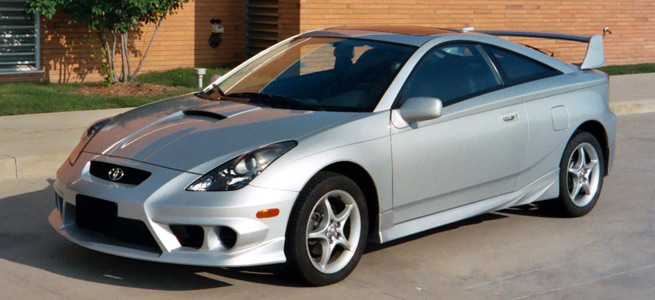
“Looks fast,” said the print ads for the new 2000 Toyota Celica. The “action package” added a large spoiler, body kit, and front fascia that required removal of the fog lights. Unfortunately, it added zero horsepower. The small, swept seventh generation Celica was part of Toyota’s Project Genesis, which was meant to bring in younger buyers to stodgy Toyota. Like the Celica and actually competent MR2, Project Genesis failed. The base 140 horsepower 1.8 liter four banger probably didn’t help attract anyone. The high-end GT-S had 180 hp and a 6-speed, but was basically impossible to mod. Bolt-ons were expensive and hardly worth it, and the engine was unfriendly to boost due to a high compression ratio. Stock is where you’re stuck.
Mazda RX8
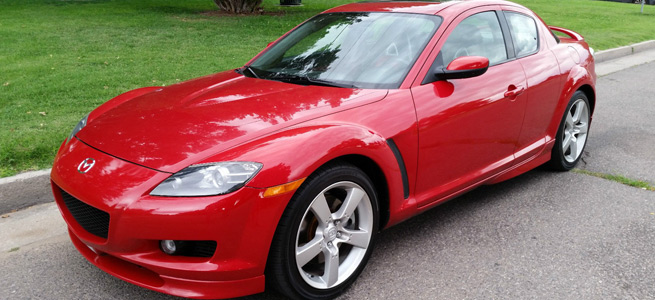
The Mazda RX8 was to be the follow up to the brilliant RX7. The 7 was a turbo rotary flyweight sports car, making 276 hp from the tiny 1.3 liter. Keep in mind, that is mid-90s Camaro Z28 horsepower, but 600 lbs lighter. So when Mazda announced the RX8 and released renderings, gearheads everywhere had their own little celebrations. The 8 wouldn’t live up to the hype though, as it was naturally aspirated only, and picked up two more seats. Weight was up, power was down, and the mighty RX8 was a full second slower through the quarter mile.
Scion FRS/Subaru BRZ
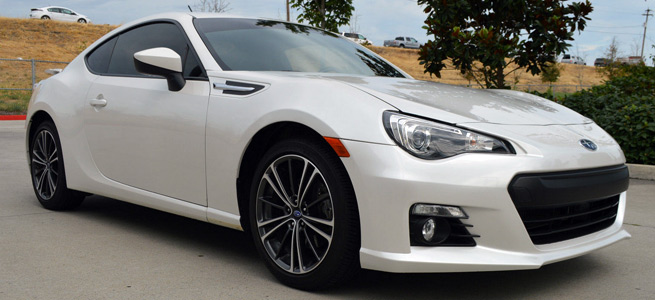
Stupid names, but a fantastic sports car. Two of Japan’s titans of the automotive industry combined their knowhow into what should have been an amazing interpretation of the legendary 2000GT. Instead, Toyota tried to build another Corolla. Subaru slapped some sense into their partner, and the twin cars hit the streets weighing just 2,700 lbs, and offering some of the best steering/handling of anything below $100k. Unfortunately, they look sporty enough to take out an S2000, but with the horsepower of an RX8, and the torque of a four cylinder Grand Am, the FRS/BRZ ain’t beating anyone.
Fisker Karma
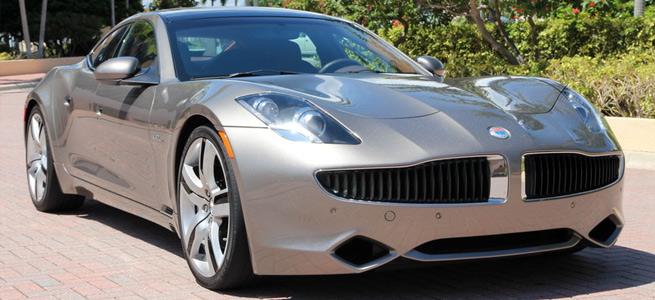
This massive sporty sedan can glide on electric motors, or use a combination of gas/elec for best performance. Zero to sixty takes 5.8 seconds, and the quarter mile passes in 14.5-ish. Okay numbers, for an RX8 from 10 years ago, but the Karma’s problems are with its super sedan looks. If it looked like a Chevy Volt, everyone would marvel at the performance. Instead, since it looks like an edgy Model S wearing a Guy Fawkes mask, people expect model S performance. By the way, the base Tesla runs better numbers, for half the price of a Karma. The P85D in ludicrous mode runs a crushing 2.8 seconds to sixty, and is FOUR seconds faster through the quarter. For the same money. No wonder Fisker went bankrupt.
Plymouth Prowler
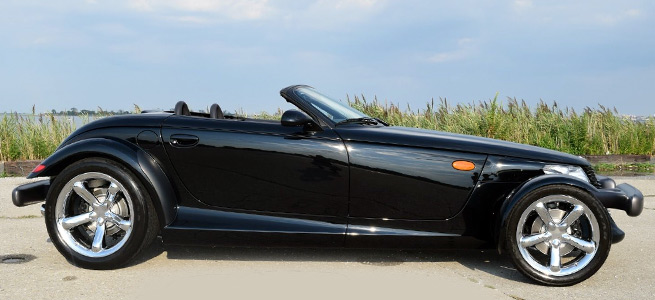
Hot rod. The essence of maniacal speed. That is what fires the imagination when viewing a Plymouth Prowler. These little two seat roadsters kicked off the turn of the century’s retro craze, and launched what could have brought Plymouth back to relevance. Instead, inside the badass little coupe, Chrysler placed a 3.5 liter V6 from the Dodge Intrepid (remember that? Me neither). It made 214 horsepower. While the Prowler was fairly light, just under 3,000 lbs, its looks screamed 400 hp or more, with at least Corvette performance. Unfortunately, it was Corvette priced, with V6 base model Camaro performance. Ouch.
Chevrolet SSR
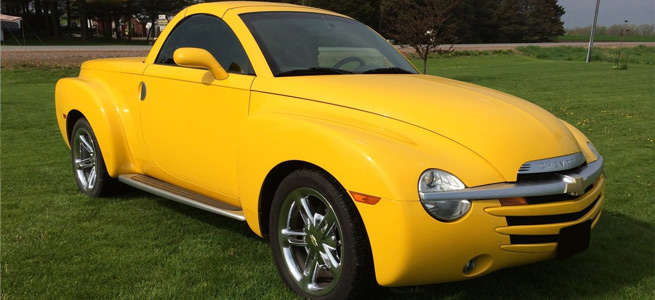
Retro was huge in Y2K, and Chevy execs decided it would be a great idea to show a retro convertible truck at the Detroit Auto Show. That was where the good ideas ended. For production, GM used the long wheelbase Chevy Trailblazer chassis and drivetrain. So, a swoopy roadster with 300 hp… that weighs 5,000 pounds. Brilliant. The 5.3 liter struggled down the quarter, sometimes able to get below 16 seconds, with track prep and a good driver. Chevy threw the 400 hp LS2 V8 at it later, and while performance improved, it still got left in the dust by everything at its price point.
Mitsubishi Eclipse
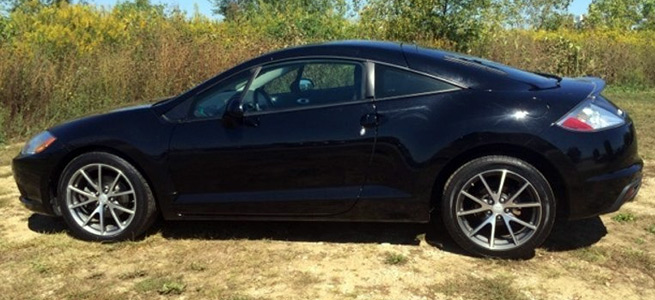
Mitsubishi has such a weird relationship with its performance cars. It honors the credibility and capability of cars like the Evo, only to cut them short. For example: Eclipse. Debuting 25 years ago as a poor man’s sports car, it delivered a lot of turbocharged bang for the buck. The second generation was blobby, but still performed well with a turbo. The 2000 third generation Eclipse removed the turbo (and the fun), gained some weight, and added weird Pontiac-like body cladding. What the hell Mistu? Finally, the 4th generation Eclipse added some fun, with a 263 hp V6, but it also had the curb weight of a Mustang GT, without the torque. And it was wrong wheel drive. So if you want a flashy car that will lose to a stock 15 year old Mustang, get the Eclipse.
Toyota MR2
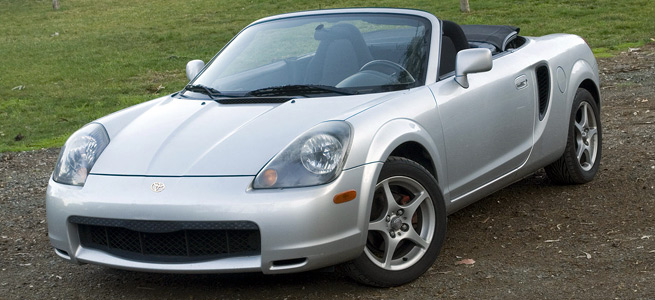
The better end of Toyota’s Genesis Project, the redesigned MR2 had questionable styling, but excellent handling. At just 2,200 lbs, and a mid-mounted engine driving the rear wheels, how could this fail? The answer was in the powerplant, like the Celica, a 1.8 liter inline four. Unfortunately, the exhaust work to fit in the MR2 robbed a few horses, and it hit the street with a laughable 138 hp. Even the later addition of a 6-speed manual couldn’t save it, as the Honda S2000 offered 100 more horsepower for a similar price. While it looks sporty and does take the corners nicely, it also takes them slowly.
Have you ever driven one of these slow cars that look fast? Are they more than a sum of their numbers, or do the power/weight figures pretty much sum it up? Let us know your experiences, and if any of these are worth another look.



















